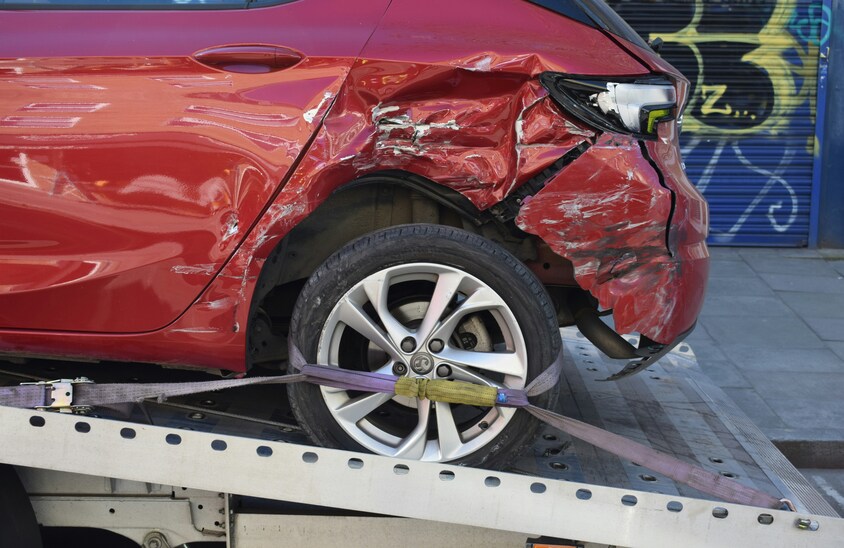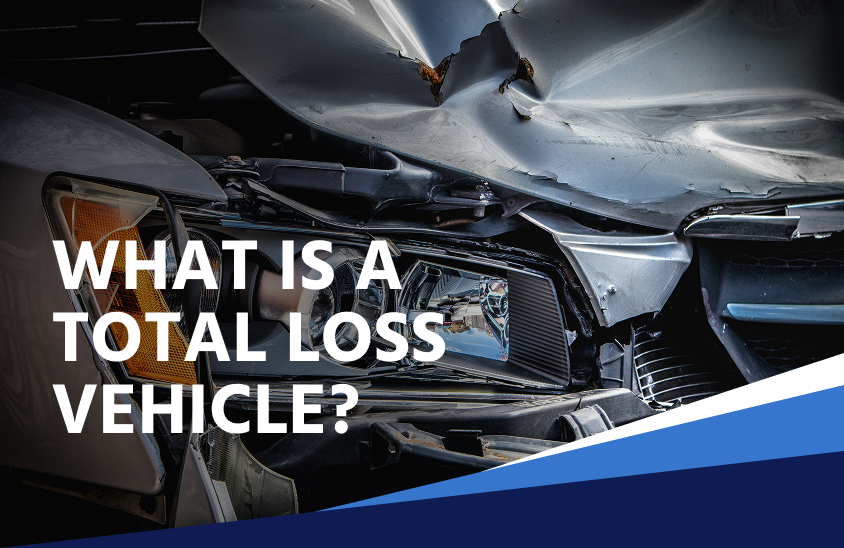According to the National Highway Traffic Safety Administration (NHTSA), 5,930,496 automobile crashes happened in the U.S. in 2022. While some were minor fender-benders, others were severe wrecks causing fatalities.
Hopefully, you’re never in a vehicle collision. However, even the safest drivers can’t avoid the unexpected. Additionally, accidents strike when you least expect them. Whether you’ve never been in a car crash or it’s been a while since the last one, knowing how to proceed afterward can help you avoid stress and confusion.
Here’s What to Do After an Accident
1. Check Yourself for Injuries
The first step to take after a car accident involves your safety, which is the most critical factor. If you feel injured, dial 911 immediately. Don’t move if you suspect a severe injury, such as a broken leg, or you feel physically unable to move.
Remember that the human body’s adrenaline spikes after high-stress events like car accidents. Your pain, or lack thereof, will likely worsen as the hours and days continue. That’s one reason avoiding medical care is NOT what to do after an accident.
Prompt medical attention is essential. That means even if you feel fine. Why? Because common post-accident injuries such as whiplash or a concussion aren't always immediately noticeable to the average person. However, they can have severe long-term consequences if not detected quickly.
2. Move Your Vehicle (If Safe to Do So)
Another concern is minimizing any further damage to your automobile. If you can, move your vehicle to the side of the road, highway, or street where your accident occurred. Additionally, leave your vehicle powered and turn on its hazard lights to indicate the situation for oncoming drivers to prevent secondary accidents.
If you’re in a high-traffic area and it’s unsafe to leave your automobile, proceed to the next step. Highways and turnpikes often have drivers zooming down roads, making it dangerous to be walking or standing outside your car.
3. Call 911
The next step to take after a car accident is dialing 911. Whether a minor or severe collision happens, making this call notifies local law enforcement of your accident. Notifying the police allows them to create an official report used in further insurance and legal-related matters.
Additionally, making this call lets you seek immediate medical attention. As mentioned earlier, you don’t want to “tough it out” due to a fear of an impending medical bill or simply not wanting to visit a hospital or urgent care facility. Seeking medical care also provides vital documents and reports detailing the extent of your injuries.
4. Document the Scene
5. Exchange Information With the Other Driver
Once everyone is at a safe location and the documentation of the accident scene is complete, you must exchange information with the other driver.
What details do you and the other driver share? That includes both of your:
- First and last names
- Addresses
- Insurance companies
- Insurance policy numbers
- Driver’s license numbers
- Vehicle makes and models
- License plate numbers
Note: A typical accident will involve only two cars. If more than you and another driver are involved, you should exchange contact information with all other drivers.
Steps to Take After a Car Accident: Your Checklist
- Get to safety
- Move your vehicle (if you can safely do so)
- Call 911
- Document the scene
- Exchange information with the other driver
- Gather independent witness contact information
Following these steps ensures you know what to do after an accident. However, the impact of a car crash doesn’t only affect your immediate future. After repairing an accident-damaged automobile, it drops in resale value (diminished value).
What to do after an accident will also involve speaking with insurance companies and filing claims. Get help recouping your vehicle’s lost value by filing a diminished value claim. Choose the experienced team at DVCHECK for professional-level vehicle appraisals and claim handling guidance.








